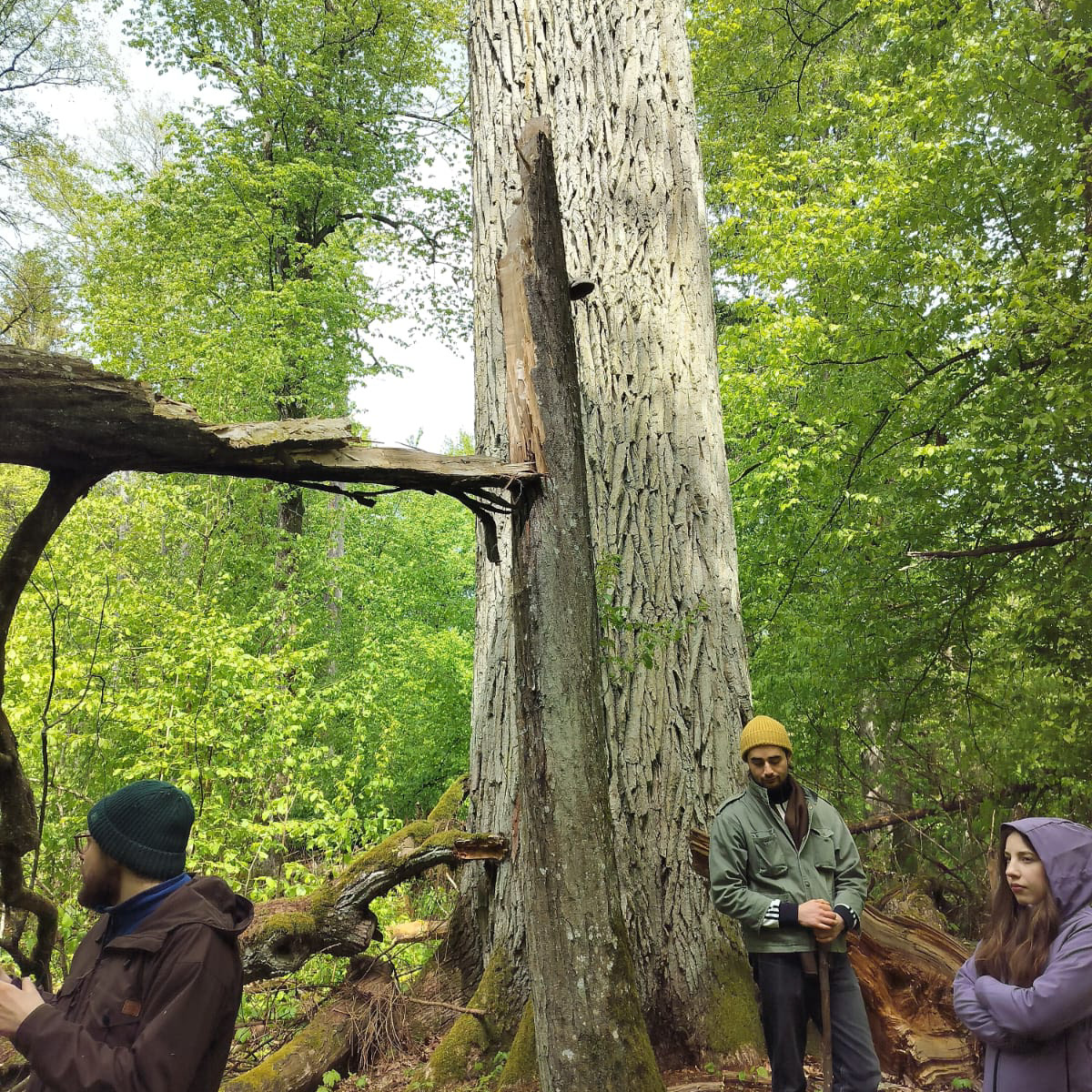IMPLEMENTING BIOMIMICRY INTO REGENERATIVE THINKING
Ecosystems represent the pinnacle of sustainable life organization on Earth, making them ideal models for designing regenerative habitats for human collectives, particularly in sensitive areas like those surrounding the Białowieża Forest. This approach, known as biomimicry, involves emulating the form, material, construction methods, process strategies, or function of an organism, organism behavior, or entire ecosystems to foster resilience and adaptability across human activities. By studying and translating the dynamics of these ecosystems into suitable solutions for the human context, we can enhance our capacity for resource management and crisis mitigation in areas where human and natural environments intersect. Biomimicry extends beyond replicating individual organisms; it entails the broader application of mimicking entire ecosystems to address global challenges such as climate change and biodiversity loss. This method adopts a holistic systems-thinking approach, which is crucial for areas like the periphery of Białowieża Forest where the balance between human activity and ecological preservation is delicate. Despite its vast potential, this comprehensive application of ecosystem biomimicry in managing human-nature interfaces remains largely underexplored.
Ecosystems generally exhibit strong resilience, with many capable of navigating rare, sudden shifts while continuing to sustain life. Predicting how ecosystems will adapt to the rapid changes brought on by climate change remains challenging. However, a deeper comprehension of ecosystems beyond mere metaphorical comparisons could shed light on how constructed environments might operate more akin to intricate living systems instead of merely as isolated, object-like structures. This enhanced understanding is crucial for addressing needs, predicting, forecasting, managing, and building environments that can survive independently without relying on centralized, large systemic resources. This approach could lead to greater resilience and adaptability in the built environment in response to change.
We work to bring this coherent vision into the living society.








